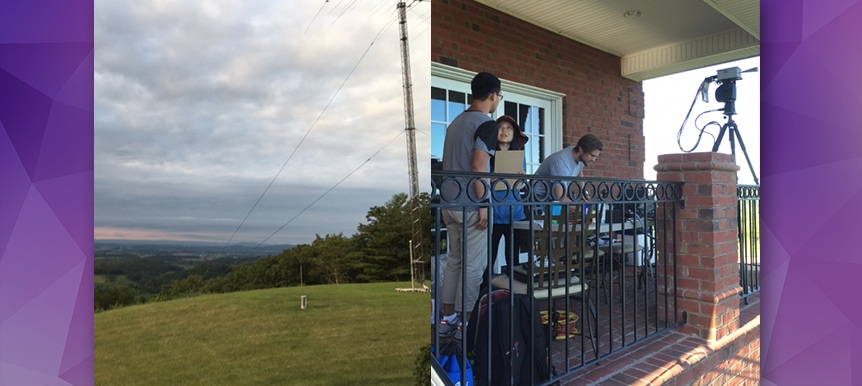NYU Wireless research shows real potential for millimeter wave in rural areas

It looks as though getting millimeter wave (mmWave) technology to work in rural areas might not be as daunting a task as it once appeared. Researchers at NYU Wireless went out into the field last summer to see for themselves, with some surprising results.
In a paper titled “Millimeter Wave Wireless Communications: New Results for Rural Connectivity,” researchers described in detail the measurements and models that are the first to validate rural millimeter wave path loss models. Ted Rappaport, NYU Tandon professor of electrical engineering and founding director of NYU Wireless, presented the research today at the Association of Computing Machinery (ACM) MobiCom “All Things Cellular” workshop in New York.
Rappaport and his team conducted a measurement campaign in Riner, Virginia, a rural town in the southwestern part of the state, using the 73 GHz mmWave frequency band. What they discovered is that for less than 1 watt of power and using 27 dBi antennas, they were able to achieve a reasonable signal strength.
“You can get over 10 kilometers, even sometimes in non-line-of-sight,” Rappaport told FierceWirelessTech. “It opened our eyes to how much range is possible when using millimeter wave in line-of-sight and non-line-of-sight conditions.”
Read the full article on FierceWireless
View the “All Things Cellular” NYU Wireless presentation.
Read “Millimeter Wave Wireless Communications: New Results for Rural Connectivity.”

 2025 Brooklyn 6G Summit — November 5-7
2025 Brooklyn 6G Summit — November 5-7 Sundeep Rangan & Team Receive NTIA Award
Sundeep Rangan & Team Receive NTIA Award 2025 Open House
2025 Open House








